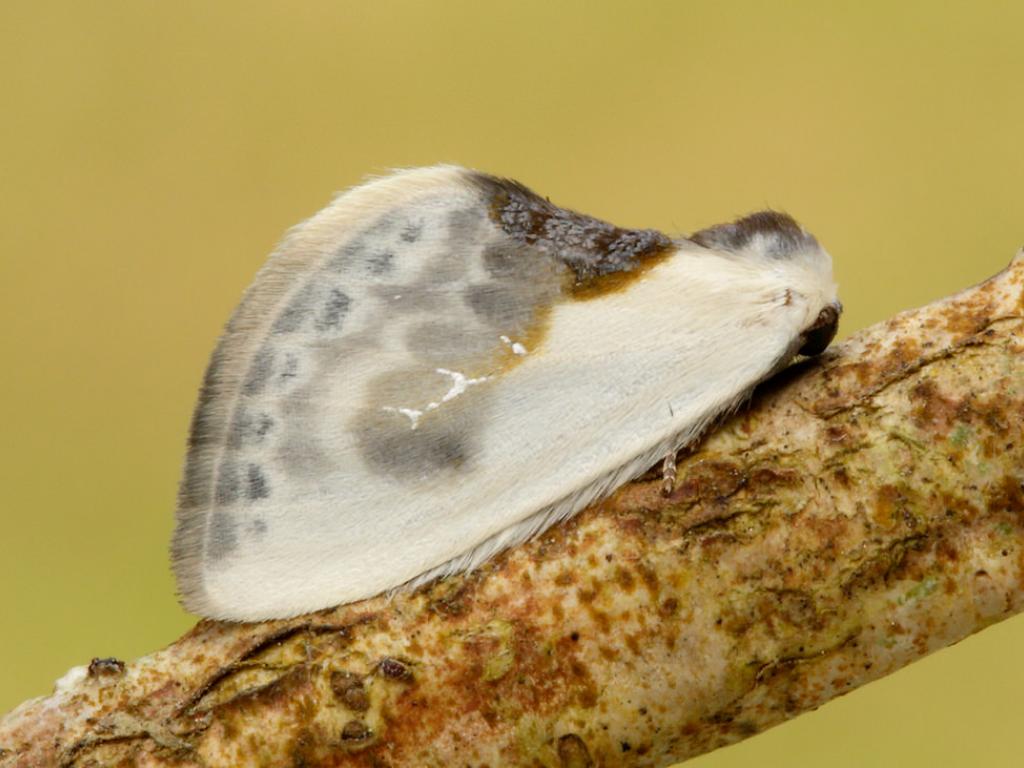
The weird and wonderful world of moths is so bustling full of facts that many people don’t know! Gone are the days they are regarded as the dull underdog to the butterfly! Here are 12 magnificent moth facts that show you how amazing these creatures are.
- Only 2% of British Lepidoptera are butterflies. This means 98% of all fluttery species of this insect order are moths.
- The Death’s-head Hawk-moth has a claim to fame as it was used in the poster of Silence of the Lambs. The 1991 American psychological horror film depicts the moth prominently in the promotional posters but also in the film as well. The species accepted to be featured in the film is Acherontia styx, a close relative of the European Death’s-head Hawk-moth, Acherontia atropos.
- The one defining feature between species is their genitalia. Some species of moth can look almost identical, meanwhile some adults of the same species can have baffling variety which stumps even our experts! Moths breed with a lock and key system, where only a very specific shape of genitalia of the male species will fit into the female and allow breeding.
- Buff Tip moths resemble the shape and colour of a broken twig. An ultimate hack for disguise!
- Quite a lot of moths, and some caterpillars, look like bird poo to avoid being eaten! The most famous example is the Chinese Character (as shown in the article image), which has an unusual resting position and ‘bird poo-like’ wing markings. “I’ve seen them sitting openly on the outside of a moth trap when the other moths have been taken by birds, because the birds don’t recognise them as moths. A lot of micro-moths and caterpillars also mimic bird poo. It’s quite a neat way to avoid being eaten, I think!” – George Tordoff, Senior Ecologist at Butterfly Conservation.
- The Sweet Gale moth caterpillar uses little stones to disguise its cocoon by spinning silk and attaching little pebbles on the outside of it. The caterpillar carries the stones in its mouth!
- Moths play a key role in pollinating at night. There are some species of flowers, such as the Greater Butterfly Orchid, that give off a scent at night and whose white flowers look bright in the dark of the night.
- Different species have different survival strategies. While some species will keep to the same colours due to being camouflaged in their habitats, for example the Clifden Nonpareil, others diversify their colours to trick birds, who are only familiar with certain colours of eggs, caterpillars, and adult moths, into not eating them!
- You can soak some rope in a bucket of wine mixed with sugar and hang it in up in bushes to attract moths in the autumn, particularly noctuid moths such as Herald and Old Lady.
- Most micro-moths have only a scientific name, while all macro-moths have an English name as well. The macro-moths get these names relating to their pattern, what it feeds on or where it was found. However, some others can be a lot more imaginative and based on their appearance. Some of the funkiest moth names include True Lover’s Knot and Old Lady.
- There are moths of all colours of the rainbow. While butterflies are perceived to be able to wow people with their stunning colours, there are also numerous moths that are different shades of greens, blues, pinks, yellows, and purple. They make rather a colour buffet for birds and bats!
- 267 different moth species can live on a willow tree and 213 species on an oak tree! This is partly because different species feed off different parts of the tree, whether that’s the bark, leaves, algae growing on the bark, twigs, or buds.
Take action
If you enjoyed reading these moth facts, you will love the moth pack we have made to celebrate #MothsMatters 2022.


